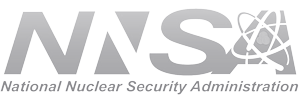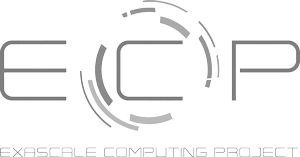Whether your computational workflow employs a small set of bash scripts, or a digital notebook on your laptop, or is a complex workflow that utilizes a workflow management system (WMS) on High Performance Computing (HPC) resources, managing the resulting digital objects is crucial for promoting greater transparency and reproducibility. This article explains the components of computational workflows and the benefits of applying Findable, Accessible, Interoperable and Reusable (FAIR) data and software principles to the workflows.
| Resource information | Details |
|---|---|
| Article Title | Applying the FAIR Principles to Computational Workflows |
| Authors | Sean R. Wilkinson et al. |
| Focus | FAIR Computational Workflows |
Applying the FAIR Principles to Computational Workflows addresses both FAIR data and software principals for computational workflows, with specific recommendations applicable to workflows for workflow authors, WMS developers, registries and repositories. The Workflows Community Initiative’s FAIR Workflows Working Group (WCI-FW), a global and open community of researchers and developers working with computational workflows across disciplines and domains, explains the application of FAIR principles to computational workflows.
As computation workflows grow increasingly complex and automated, while the underlying systems are abstracted by higher level languages, tools and management systems, it becomes essential to apply FAIR principles to computational workflows. Applying FAIR principles can also help individual researchers meet reproducibility and transparency requirements of most publications.
FAIR does not require workflows to be open but are applicable to authors and companies that purposely choose not to publish workflows or metadata; they can still use local or “inner FAIR” principles.
The recommendations are not rigid rules but a starting point for improving FAIRness based on community practices and feedback.


